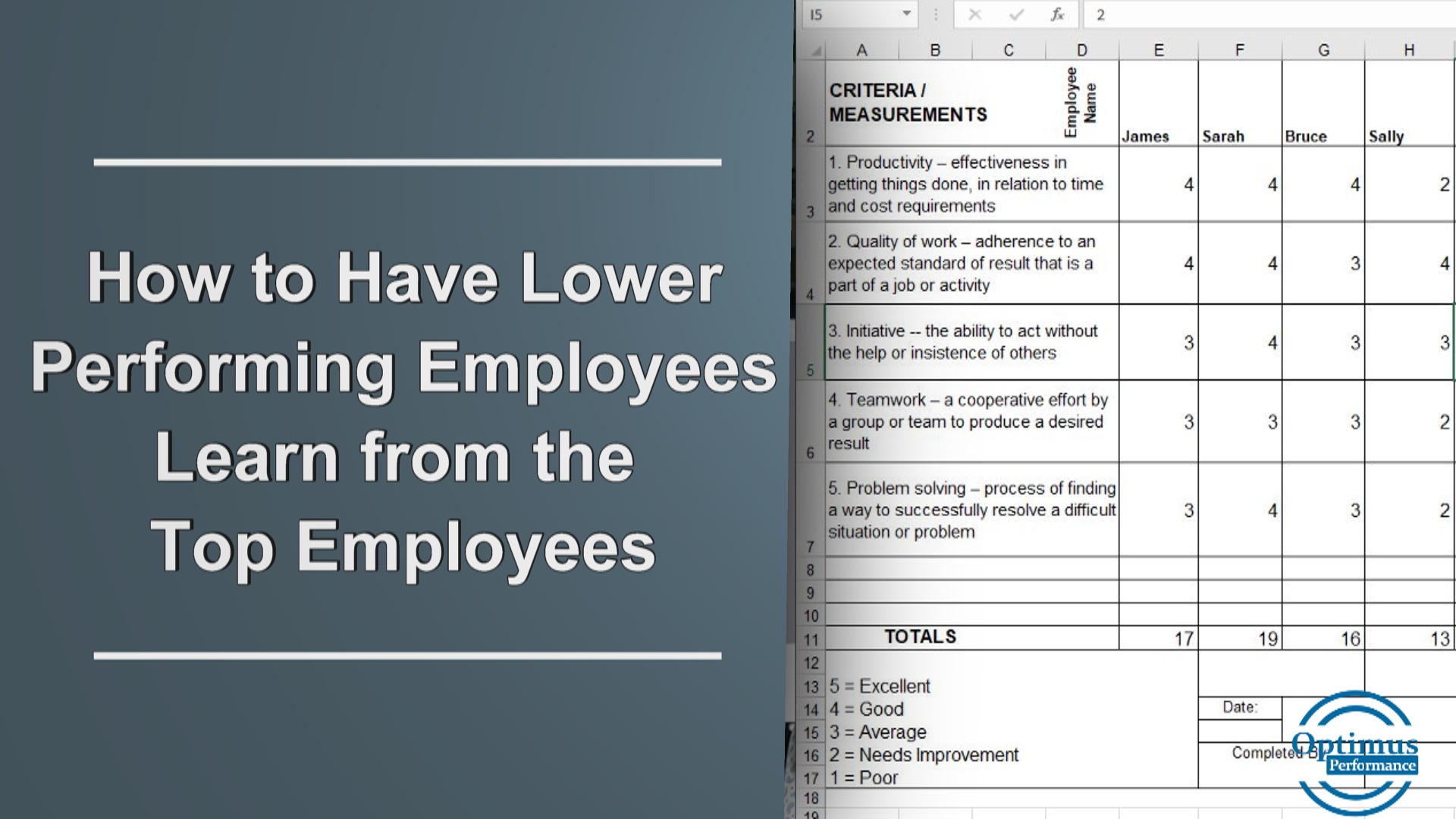I recently met with two entrepreneurs who had about one third of their staff performing below what they expected.
Their top employees are more experienced, skilled and care about their work and the company. The less experienced and younger staff in question are less reliable and have more of a 9-5 mentality.
The two partners want to better understand what they need to do to have the lower third performing employees behave and perform like the top two thirds.
The company does home renovations and they work on several projects at a time. One owner looks after sales and the other manages the projects and staff. Their roles used to be reversed and their management styles are different.
The partner managing the staff on the job sites has a more autocratic style of leadership while the other is more democratic and diplomatic. The younger employees who are not meeting expectations seemed to work better under the more democratic style of leadership.
The entrepreneurs thought that the younger less experienced staff members would learn from the more experienced and skilled workers who are more productive, produce better work and have better attitudes when it comes to putting in longer hours.
My suggestion to them was:
- Learn how to adjust their leadership style to each individual and situation
- Learn how to train and coach the difficult staff to address the performance issues
- Set performance agreements with all employees with specific review dates and provide coaching when needed
- Set rewards and penalties based on the agreed performance commitments
- Teach the better performing employees to act as mentors or coaches to the younger less experienced employees
- Engage the employees in problem solving sessions to discuss how to improve the work and continuously deliver better quality
- Apply progressive discipline should the employees in question not respond to the efforts to correct their behavior
In times of good economic conditions as they are presently for these entrepreneurs, a lack of adequate staff who can deliver what the customer expects can be the biggest hindrance to organizational development and business growth.
